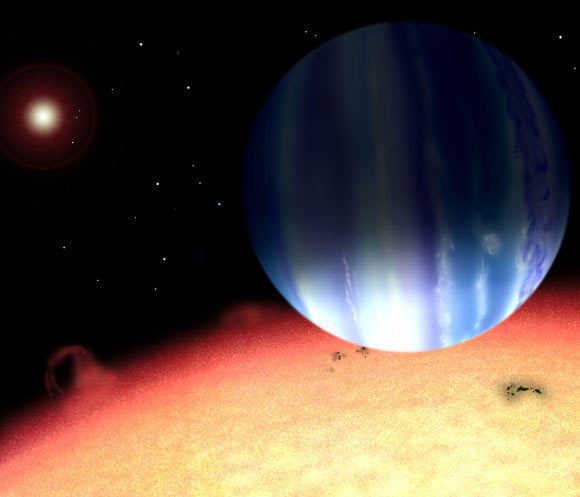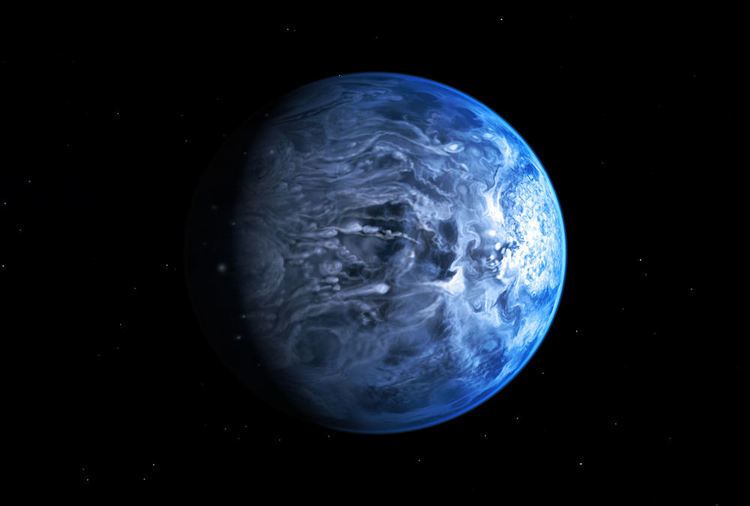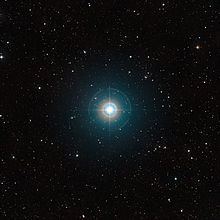Magnitude 4.5 | Apparent magnitude (V) 4.5 | |
 | ||
Similar Tau Boötis b, Eta Boötis, Epsilon Boötis, Gamma Boötis, Upsilon Andromedae | ||
Tau Boötis (τ Boo, τ Boötis) is an F-type main-sequence star approximately 51 light-years away in the constellation of Boötes. The system is also a binary star system, with the secondary star being a red dwarf. As of 1999, an extrasolar planet has been confirmed to be orbiting the primary star.
Contents

Zooming in on the star tau bo tis
Stellar components

The system is a binary. The primary component is a yellow-white dwarf (spectral type F7 V) and secondary is a dim red dwarf (spectral type M2 V). The system is relatively nearby, distance being about 51 light years. The primary star should be easily visible to the unaided eye under dark skies.

The primary star, Tau Boötis A is a yellow-white dwarf. It is 20 percent more massive than the Sun and thus is somewhat brighter and hotter. It has a radius 1.9 times solar, and is probably about 1.3 billion years old. Since it is more massive than the Sun, its lifespan is shorter - less than 6 billion years. Tau Bootis is the first star apart from the sun to be observed changing the polarity of its magnetic field. It is also listed as a suspected variable star.
Tau Boötis B (with a capital B, as opposed to the planet) is a dim red dwarf orbiting the primary star at a distance of 240 AU. One orbit around the primary would take thousands of years to complete.
Planetary system
In 1996 a planet, designated as Tau Boötis b, was discovered orbiting the primary star. There are also some indications of another, more distant, planet orbiting the star. In an unusual case of role-reversal, it appears that Tau Boötis' rotation has been tidally locked to Tau Boötis b. The planet was discovered by a team of astronomers led by Geoff Marcy and R. Paul Butler.
The planet and its host star was one of the planetary systems selected by the International Astronomical Union as part of their public process for giving proper names to exoplanets and their host star (where no proper name already exists). The process involved public nomination and voting for the new names, and the IAU announced the new names in mid-December 2015. However, the IAU annulled the vote for the system, as the winning names ("Shri Ram Matt" for the star and "Bhagavatidevi" for the planet) were judged not to conform with the IAU rules for naming exoplanets. The names garnered the majority of the votes cast for the system, and also making up a significant proportion of all votes cast as part of the contest.
